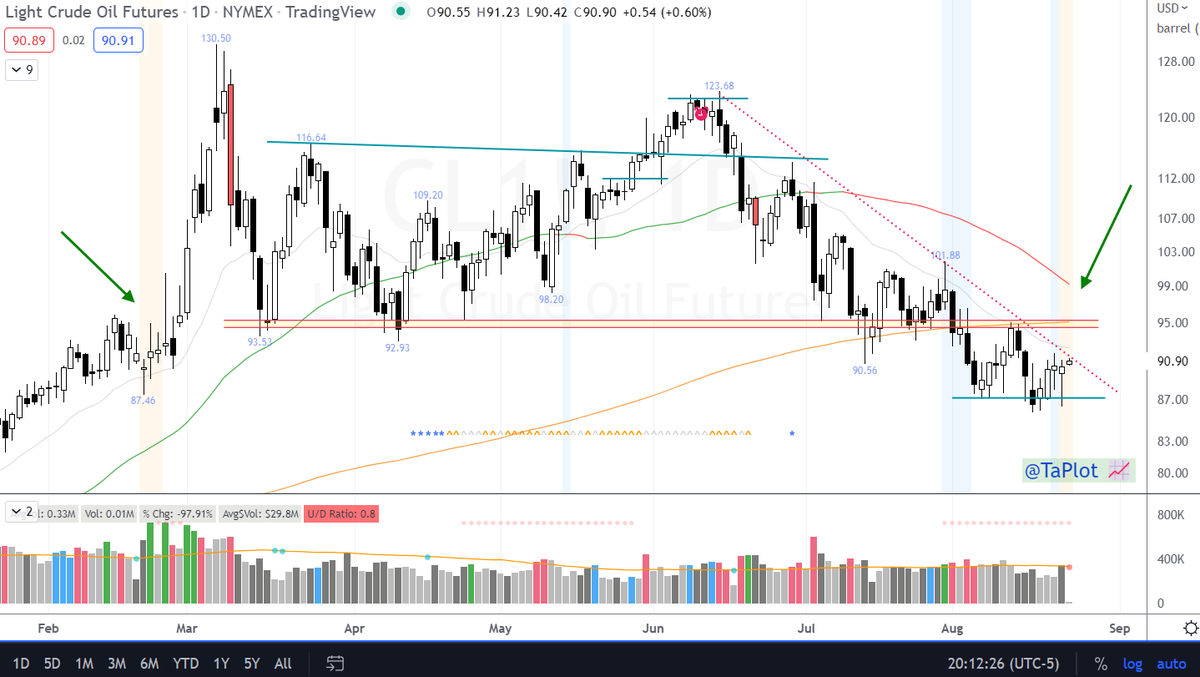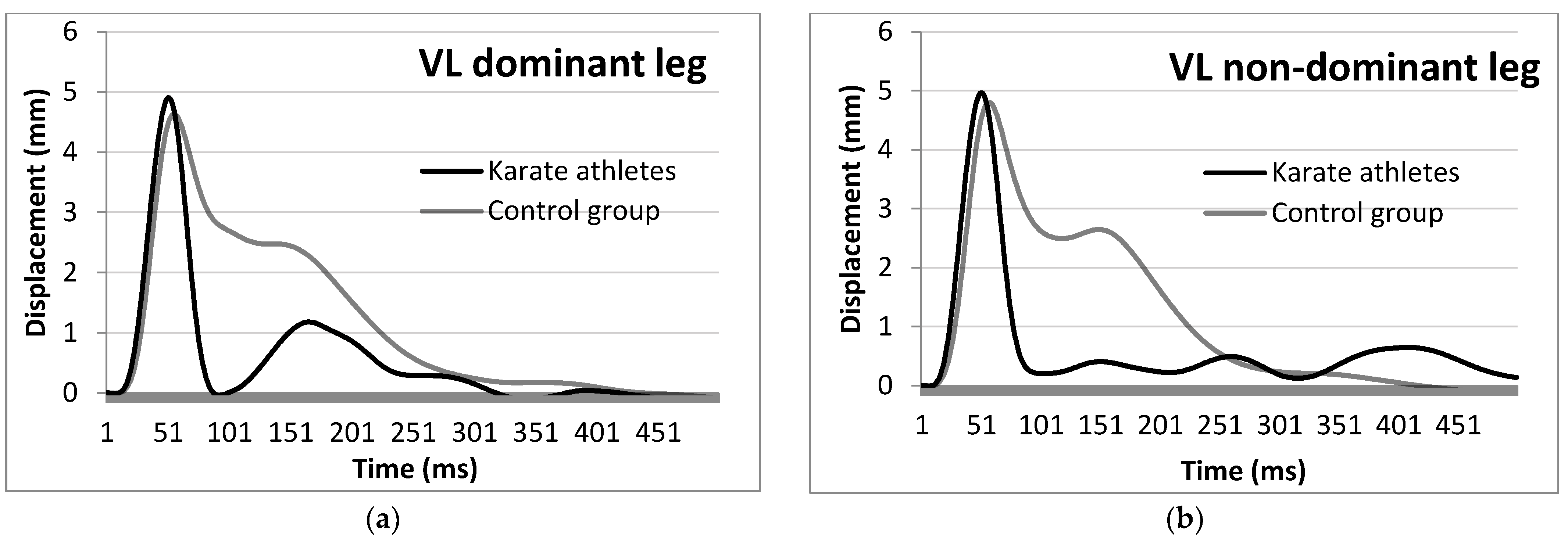

Pain from false contractions usually is felt only in the front. Pain from true labor contractions usually starts in the back and moves to the front. Watch the video to learn how to use the 4-1-2 rule for timing. Some healthcare providers recommend using a formula to monitor your contractions in order to determine when to head to the hospital or birthing center. True labor contractions steadily get stronger.įalse contractions are weak and do not get much stronger. The frequency, strength, and duration of your contractions will change as your body prepares for labor. They also may stop with a change of position. True labor contractions continue even when you rest or move around.įalse contractions may stop when you walk or rest. These are called Braxton Hicks contractions. Usually, you will be advised to stay at home until your contractions.


Each lasts about 60 or 90 seconds.įalse contractions do not have a pattern and they do not get closer together. Contractions are timed from the beginning of one contraction to the beginning of the next. As time goes on, they get closer together. True labor contractions come at regular intervals. But sometimes the only way to tell the difference is by having a vaginal exam to find changes in your cervix that signal the start of labor. During a single cardiac cycle, the atria and ventricles do not beat simultaneously the atrial contraction occurs prior to ventricular contraction. If rest and hydration make the contractions go away, they are not true labor contractions.īelow is a summary of some differences between true labor and false labor. Time your contractions and note whether they continue when you are resting and drinking water. Usually, “false” contractions are less regular and not as strong as “true” labor.


 0 kommentar(er)
0 kommentar(er)
